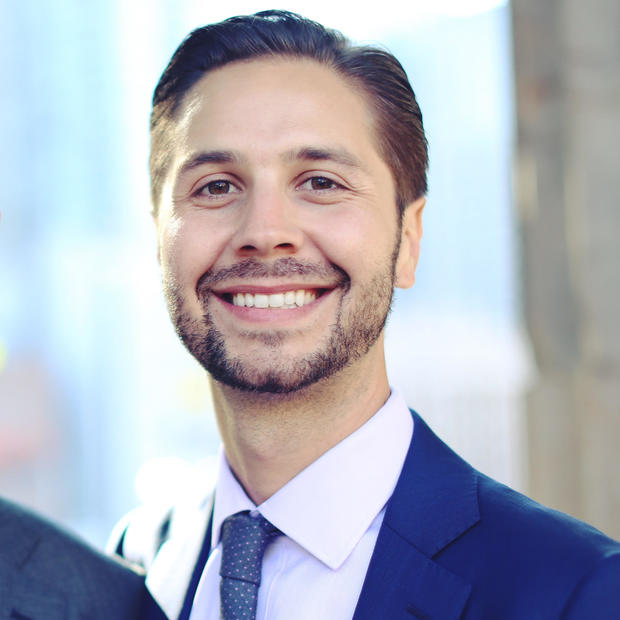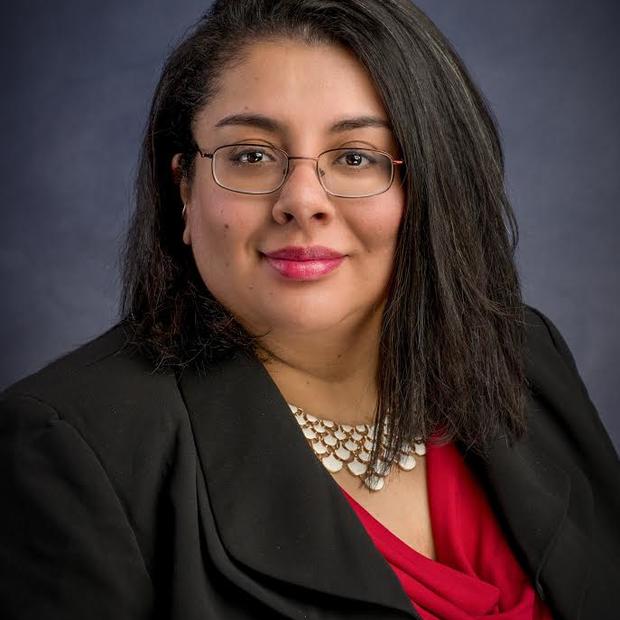When we, as a state, pursue “equal” and “basic” education without considering the obstacles currently plaguing various different communities, we leave behind thousands of students, mostly lower-income and those from marginalized communities, without the tools they need to learn and thrive. So, despite all the progress that has been made by the governor and the Legislature over the past few years, there is still more that must be done.
According to the state’s constitution, it’s Washington’s “paramount duty ... to make ample provision for the education of all children residing within its borders.”
Basic education was thought to mean access to everything from trained staff, learning tools and time in the classroom. But, as an analysis by the Seattle Times Education Lab makes clear, there’s a lot of daylight between what the Legislature and governor have defined as basic education and what is actually needed for our students.
The idea of what constitutes a basic education makes a lot of assumptions about what students’ home life is like, and what their various struggles may be. Basic education makes the assumption that every student comes from a safe, healthy, nonviolent, nonabusive, well-fed, nurturing, middle-class home.
Basic education covers only what happens when students walk through the door — it doesn’t backfill to address the needs they come in with, nor does it make sure they go home to a safe, secure place with enough food and resources to succeed. Basic education, as Washington state funds it, focuses solely on what’s visible and what’s in the classroom — which essentially all research states is not enough.
One of the biggest hurdles in determining what by law must be funded in Washington is the assumption that all schools face the same or similar challenges, regardless of zoning, location, municipality, population, transportation, affordable housing, food access or income level. Communities with a higher number of English language learners, for example, will have different needs than one that has fewer language barriers, but is more rural and has higher transportation needs.
The mistake we often make when talking about education is repeating the narrative that education is a zero-sum game, i.e., to educate children with needs and barriers, we assume we need to “take” from children with more.
We need to rethink the zero-sum factor of education. What if we had an educational system that set universal goals (all children will graduate high school ready for a career) that can be achieved through targeted approaches (after-school programming to support academic success)? Truly implementing this approach would allow us to target the varying needs of each group while reminding us that we are all part of the same social fabric.
Nearly 10 years ago, two bills were passed in Olympia that defined “basic” education, including things such as a full day of kindergarten, 180-day school year, and school staff. But there are good arguments for including other things such asregularly updated, inclusive curriculum that includes stories and histories from multiple races, ethnicities and sexual orientations, and civics education, as well as other elements that could have, but weren't, included.
For example, the state’s prototypical school-funding model, which creates “a public internet portal displaying the basic education funding elements,” provides for a nurse at each elementary school for only 1.5 days a week. Practically, that means that in Seattle Public Schools, we have just nine school nurses for more than 100 schools (or for more than 53,000 students).
For students of color and low-income students, the lack of nurses is more than just an inconvenience — it deepens the racial opportunity gap. Researchers at the University of Washington found that “poverty was heavily associated with increased use of school health services” and that “many children who seek health services in higher amounts are the same ones who are at academic risk.”
And, in spite of the law’s stated purpose — to “strive towards closing the achievement gap and reducing the dropout rate” — the law never looks at any of the opportunity gaps that help create the achievement gap. For example, we know hungry children don’t do well academically, yet our funding and basic education laws never tackle why children are hungry to begin with. A school nurse should not be the only health-care access children and families have throughout the school year.
Only what is defined in those bills is required to be funded. Unfortunately, what’s defined as basic is often not enough. And without proactive funding decisions, or at the very least even a racial equity analysis to specifically address these gaps, we will never provide enough to help students overcome racial and other equity gaps.
There’s ample research that shows that access to guidance counselors, psychiatrists and school-based health centers are critical for helping students succeed. These important adults can help students navigate both educational and social issues, and can serve as a portal to additional services for lower-income students. Our very own state Office of the Superintendent of Public Instruction (OSPI) makes clear the case for counselors in school and lists the myriad services they perform.
But in Seattle, one counselor will have a caseload of 375 students. There are just over 120 counselors on the Seattle Public School district roster (both state- and levy-funded).
HB 2776, one of the two bills that define basic education for funding purposes, expressly states that “nothing in this section precludes a school district from enriching the instructional program of basic education, such as offering additional instruction or providing additional services, programs, or activities that the school district determines to be appropriate for the education of the school district's students.”
This is great for students in schools and districts that have resources to supplement the basics of funding (which is rare, given the current squeeze on district budgets statewide), but it also means that schools with more resources —those in higher-income areas and, most likely, schools with more white students and parents — are further set apart. Schools that can afford to have enough counselors, enough chairs, enough desks, enough books and a handful of tablets for kids to work with do.
And schools that don’t? If it’s not covered under basic education, then they’re out of luck.
The Legislature made clear in 2009 that it intended to “continue to strengthen and modify the structure of the entire K-12 educational system, including nonbasic education programmatic elements, in order to build the capacity to anticipate and support potential future enhancements to basic education, as the educational needs of our citizens continue to evolve. But that has been nearly impossible, as funding of the aforementioned “basics” has taken up most of the space.
We must acknowledge that what was initially identified as basic is simply not enough to close the equity gap, nor is it sufficiently satisfying Washington’s paramount duty. This is because what we’ve defined as basic has been defined by whiteness, by ability, by privilege, and by decades of assuming that providing equal services equates to equitable services.
We know this is not the case. And yet we continue to hope that the same solutions — the same baseline, the same assumptions of access, the same racialized definitions — will work for all students.
We have not yet amply funded the educational needs of students of color, students living in adverse poverty, LGBTQ students, students with disabilities, and students from immigrant families. We have not gone out of our way to provide them with the needs to satisfy our stated goals.
And we won’t be able to, so long as we are striving toward such a universally low bar of what’s basic.


